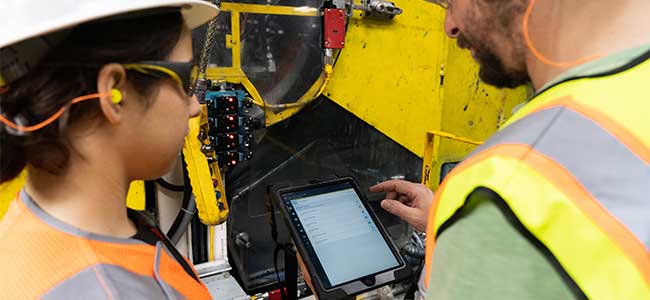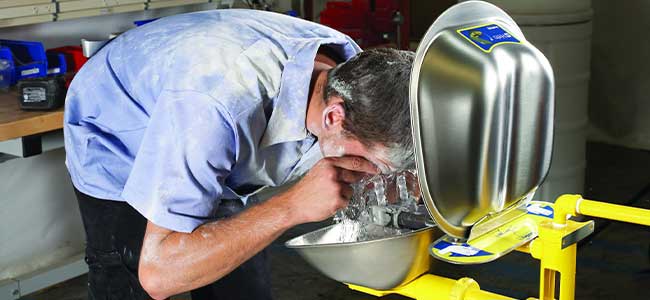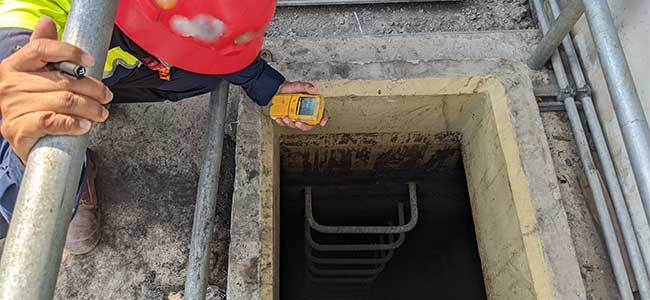
Like everything, safety starts with using the right tools. Here’s how to leverage simple, but powerful training apps.

This weekly inspection and testing regimen will promote workplace safety through regulatory adherence.

User-friendly features in eyewashes and emergency fixtures make all the difference.

Hiring third parties in construction can pose risks in construction, but with a clear strategy in place, those risks can be managed.

How evolving cannabis laws are impacting workplace safety protocols and why maintaining and updating rigorous drug testing remains essential for employers across various industries.

Modernizing safety protocols involves integrating technology into EHS management.

How using SMART goals can help drive safety training success.

Employees must be trained on the hazardous chemicals in their work area. What do employers need to know to comply with standards and protect their employees effectively?

The NFPA 70E Technical Committee has published its 2024 revisions to the standard, prioritizing safety and adaptability over mere compliance

What is glove gauge, and how does it affect hand safety and performance?

Choosing task-specific, properly fitting PPE is essential for worker safety, productivity and cost-effectiveness.

Choosing the right supplied air respirator involves understanding specific hazards, regulatory requirements, and ensuring proper fit and comfort to maintain worker safety in toxic environments.

Effective gas detection and a comprehensive confined space entry plan are crucial for ensuring worker safety and preventing fatalities in hazardous environments.

Staying ahead of the curve requires proactive assessments and enhancements in fall protection.

Fall protection and awareness of suspension trauma are essential for ensuring workplace safety, as proper equipment use and effective rescue plans can prevent injuries and save lives.